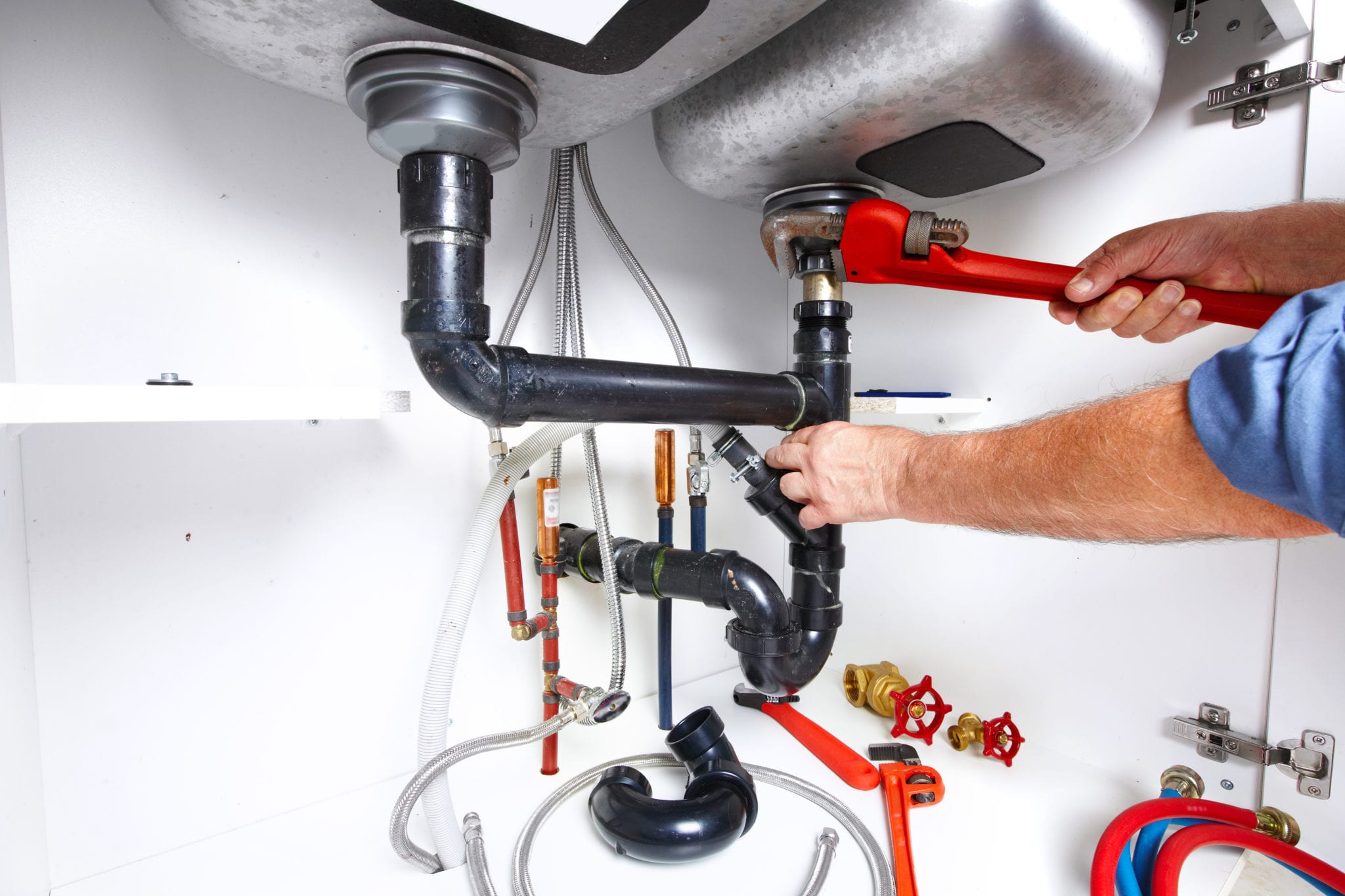Unmasking Concealed Water Line Leaks: Six Smart Detection Methods
Call TodayWe have come across this article relating to Leaking water lines down the page on the web and felt it made perfect sense to share it with you in this article.

Early detection of dripping water lines can mitigate a prospective calamity. Some little water leaks might not be visible.
1. Check Out the Water Meter
Every residence has a water meter. Inspecting it is a surefire manner in which assists you uncover leakages. For starters, turn off all the water sources. Ensure no person will flush, make use of the tap, shower, run the washing maker or dishwasher. From there, go to the meter and also watch if it will certainly alter. Because no one is utilizing it, there should be no movements. That suggests a fast-moving leakage if it moves. If you identify no adjustments, wait an hour or 2 and examine back once again. This indicates you may have a slow leakage that might even be underground.
2. Check Water Intake
Analyze your water bills as well as track your water usage. As the one paying it, you need to see if there are any inconsistencies. If you detect sudden changes, in spite of your intake coinciding, it suggests that you have leaks in your plumbing system. Bear in mind, your water costs need to drop under the very same array every month. An unexpected spike in your bill shows a fast-moving leak.
A stable increase every month, also with the exact same practices, reveals you have a slow-moving leakage that's also gradually escalating. Call a plumber to completely check your home, especially if you really feel a warm location on your floor with piping beneath.
3. Do a Food Coloring Test
30% comes from bathrooms when it comes to water usage. Test to see if they are running appropriately. Decrease flecks of food shade in the container and wait 10 minutes. There's a leakage in between the container and bowl if the shade in some way infiltrates your bowl during that time without flushing.
4. Asses Outside Lines
Don't fail to remember to check your outside water lines too. Should water leak out of the link, you have a loosened rubber gasket. One small leakage can lose tons of water as well as increase your water expense.
5. Examine and Assess the Circumstance
House owners ought to make it a behavior to inspect under the sink counters and also also inside cabinets for any type of bad odor or mold and mildew growth. These two warnings indicate a leak so timely focus is called for. Doing routine assessments, also bi-annually, can save you from a major problem.
If you know your home is already old, keep a careful eye on your heating systems, hoses, pipes etc. Look for stainings and also weakening as most appliances as well as pipelines have a life span. They will certainly likewise naturally weaken because of tear and also put on. If you think dripping water lines in your plumbing system, do not wait on it to rise. Call a professional plumber right now so you don't wind up with an awful mess in your house.
Early discovery of leaking water lines can alleviate a potential disaster. Some tiny water leakages may not be noticeable. Inspecting it is a proven means that aids you uncover leakages. One small leak can waste loads of water and increase your water expense.
If you suspect dripping water lines in your plumbing system, don't wait for it to rise.
WARNING SIGNS OF WATER LEAKAGE BEHIND THE WALL
PERSISTENT MUSTY ODORS
As water slowly drips from a leaky pipe inside the wall, flooring and sheetrock stay damp and develop an odor similar to wet cardboard. It generates a musty smell that can help you find hidden leaks.
MOLD IN UNUSUAL AREAS
Mold usually grows in wet areas like kitchens, baths and laundry rooms. If you spot the stuff on walls or baseboards in other rooms of the house, it’s a good indicator of undetected water leaks.
STAINS THAT GROW
When mold thrives around a leaky pipe, it sometimes takes hold on the inside surface of the affected wall. A growing stain on otherwise clean sheetrock is often your sign of a hidden plumbing problem.
PEELING OR BUBBLING WALLPAPER / PAINT
This clue is easy to miss in rooms that don’t get much use. When you see wallpaper separating along seams or paint bubbling or flaking off the wall, blame sheetrock that stays wet because of an undetected leak.
BUCKLED CEILINGS AND STAINED FLOORS
If ceilings or floors in bathrooms, kitchens or laundry areas develop structural problems, don’t rule out constant damp inside the walls. Wet sheetrock can affect adjacent framing, flooring and ceilings.
https://www.servicemasterbyzaba.com/blog/how-to-detect-water-leakage-in-walls/

Do you really like reading up on Detecting hidden plumbing leaks? Try to leave a review further down. We would be delighted to know your reactions about this posting. We are looking forward to see you back again in the near future. Loved our post? Please share it. Let others locate it. Thank-you for your time spent reading it.
Don't settle; choose expert plumbers.